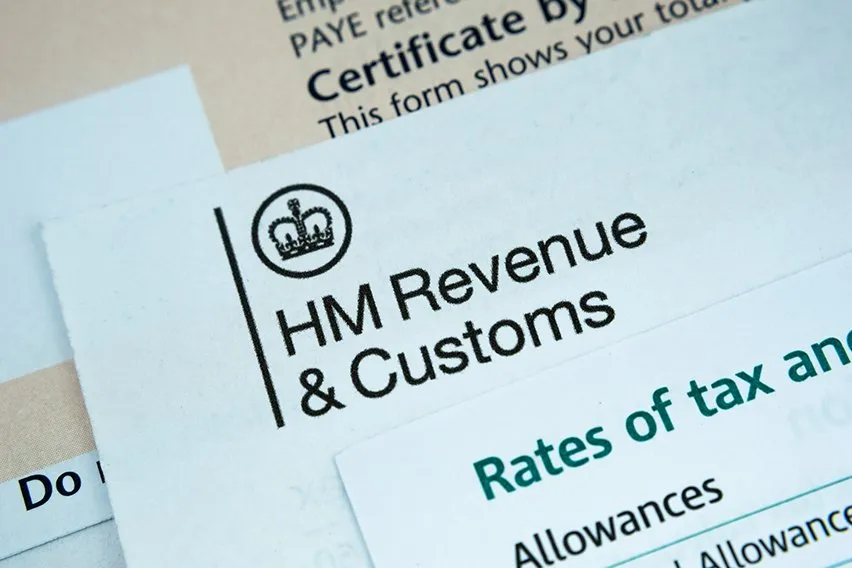Understanding UK1100L Tax Code

Tax code can be a bit troublesome. Reading through online guides can be difficult, and the vocabulary used on official sites is niche. As such, you may not be too familiar with what your tax code is. If you’re having trouble understanding your tax code, take a look at our quick guide. Get started below!
Here’s What We’ll Cover:
Reasons Why Your Tax Code May Be Different
What Is a Tax Code?
A tax code is a 4-digit number followed by an alphabet assigned to working individuals each year. It is assigned and distributed by HM Revenue and Customs (HMRC) authority. It tells you what your personal allowance is for the year. It helps indicate what your rate of tax is after the tax-free allowance is met, too.

Breaking Down the Code
The code consists of a 4-digit number followed by an alphabet. Both of these components have their significance. The number is a reflection of an individual’s personal allowance for the year, divided by ten. For example, if your 4-digit number is 1100, it means that you have a personal allowance of £11,000. This is the tax-free personal allowance, meaning that you cannot be taxed until you’ve exceeded that amount of income.
The letter is a way of communicating to your employer your personal tax circumstance. This part is highly important, as it’s used to calculate your tax accordingly. The letter communicates the allowance between employers and HMRC. The letter ‘L’ means that you are entitled to the usual tax-free personal allowance.
What Does 1100L Mean?
Tax code 1100L is the most common tax code assigned to individuals. It is considered the normal tax code, and means that you fall under the basic rate of tax. Specifically, it translates that you have a tax allowance of £11,000, and that you have no additional calculations to be made.
Reasons Why Your Tax Code May Be Different
There are a few reasons why your tax code may be different from 1100L.
- Having more than one job or income can change the tax code
- An underpayment from the preceding year can change the code
- Benefits received from the company will affect the code
Different Letters and Their Meaning
Your code may not have an L. If not, then your code communicates something different to your employer or accountant. Below you’ll find a list of all of the different letters and their meanings:
- M – Marriage Allowance; an individual can receive a transfer of 10% of their partner’s personal allowance
- N – Marriage Allowance; an individual can transfer 10% of their personal allowance to their partner
- S – Scottish Rate is applied to the income or pension
- T – Additional calculations are included to compute the personal allowance
- 0T – Personal allowance has been used up; individual has started a new job with no P45 form; appropriate details not provided to new employer
- BR – Entire income is taxed at basic rate
- D0 – Entire income is taxed at a higher rate
- D1 – Entire income is taxed at an additional rate
- NT – No tax is being paid on the income

Emergency Tax Codes
In addition to the code combination of a 4-digit number and an alphabet, other codes can be added. These are known as emergency tax codes. They follow the last letter, and they all mean something different. You may come across the codes listed below:
- W1 – Week 1
- M1 – Month 1
This means that the tax code supplied is only applicable for the listed pay period. For example, if your tax code has a W1, you’ll pay the listed tax code until the next pay period. The same goes for code M1. Codes with these suffixes are known as non-cumulative. This means that they are only temporary, and won’t be taxed the same way for the rest of the year. Generally, emergency tax codes are updated after an employer is supplied with a new P45.
These codes are only possible when starting a job in the middle of a tax year. New tax years will never begin with an emergency tax code.
Tax Code Prefixes
Sometimes a tax code will begin with the letter K. This means that the individual falls into one of the following categories:
- They are paying tax from a previous year
- They are receiving state benefits or a state pension
- They are receiving company benefits that are considered taxable benefits
Key Takeaways
Tax code doesn’t have to be as complicated as it seems. Thankfully, breaking down the tax code just comes down to having the right information. Knowing what the 4-digit number and the alphabet suffixes mean is half the battle. If you need more help understanding taxes, be sure to check out the resource hub! We have plenty of helpful guides listed there.
RELATED ARTICLES

 VAT Deferral Payment Due to Coronavirus: When to Pay
VAT Deferral Payment Due to Coronavirus: When to Pay What Is VAT MOSS? Registration & Payment
What Is VAT MOSS? Registration & Payment What Is Employment Allowance? Rules & How to Claim
What Is Employment Allowance? Rules & How to Claim What Does Zero-Rated VAT Mean?
What Does Zero-Rated VAT Mean? How Does Flexible Furlough Work: All You Need to Know
How Does Flexible Furlough Work: All You Need to Know What Is Capital Allowance & How Does It Work?
What Is Capital Allowance & How Does It Work?